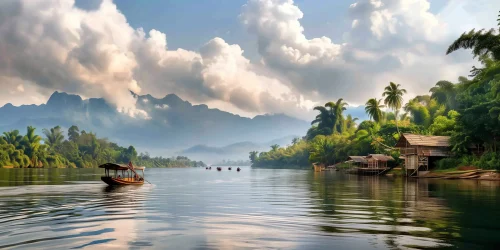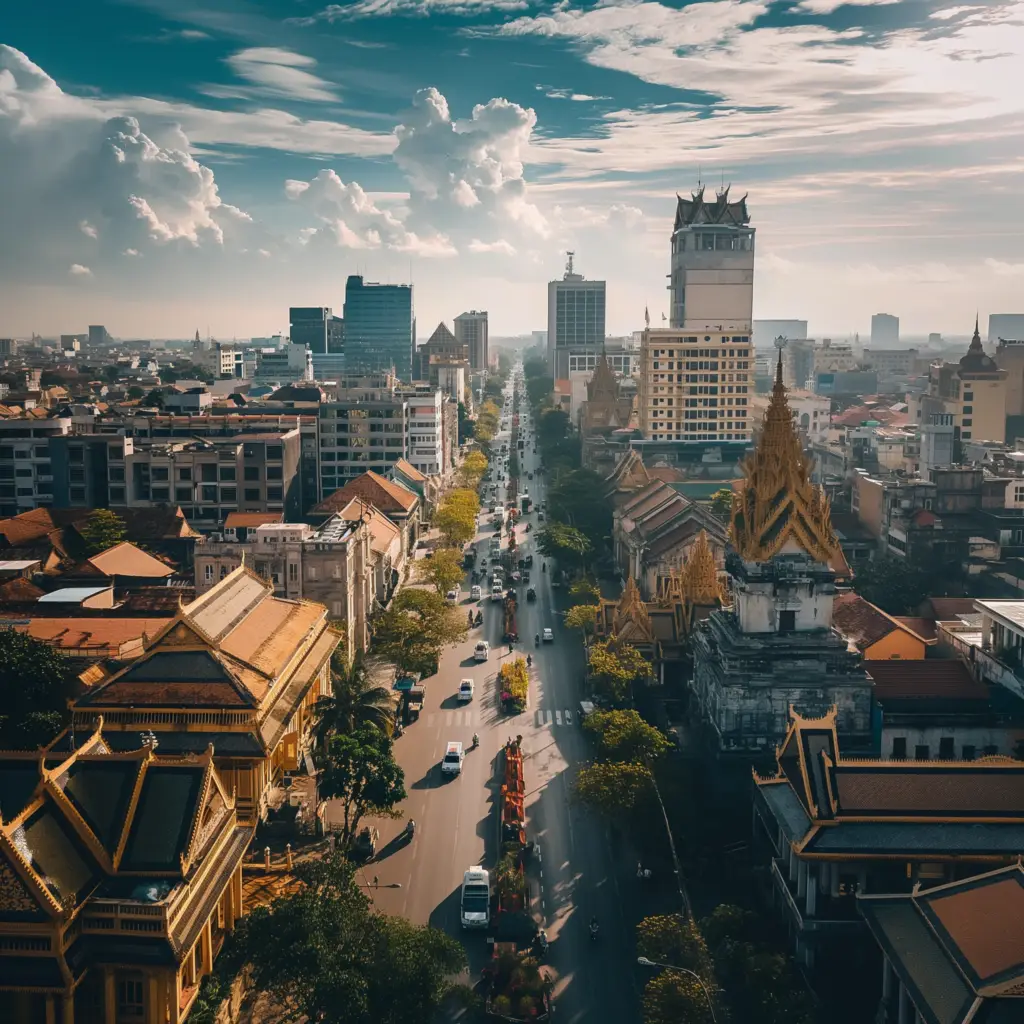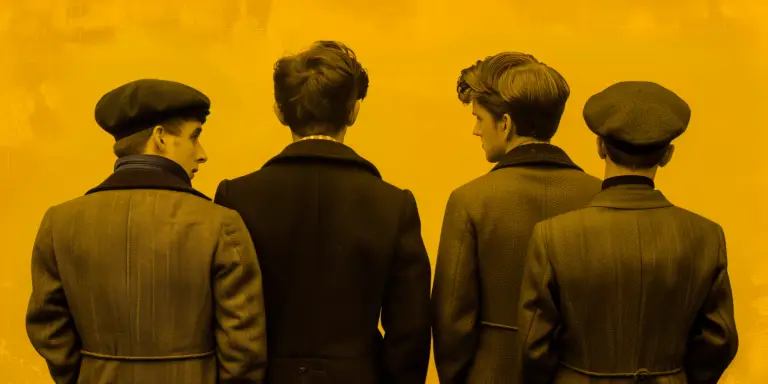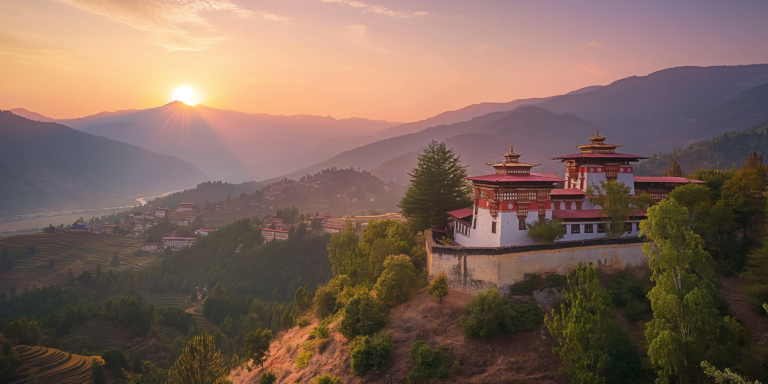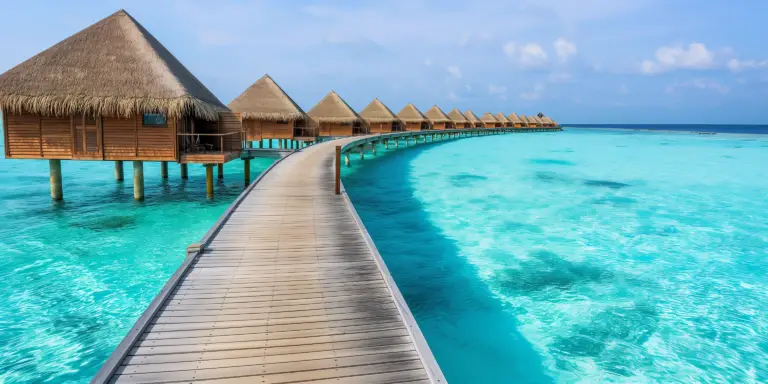Phnom Penh, the vibrant capital of Cambodia, sits at the confluence of three rivers: the Mekong, the Bassac, and the Tonle Sap. Known for its historical significance and its rapid modernization, Phnom Penh offers a compelling blend of traditional and contemporary attractions, making it a fascinating city for travelers.
Historical Context
Once known as the “Pearl of Asia,” Phnom Penh was considered one of the loveliest French-built cities in Indochina in the 1920s. The city has a tumultuous history, particularly due to the impact of the Khmer Rouge regime in the 1970s. This period dramatically altered the city’s landscape and demography, but since the 1990s, Phnom Penh has been experiencing significant recovery and development.
Key Attractions
- Royal Palace and Silver Pagoda: The Royal Palace serves as the residence of the King of Cambodia, and its classic Khmer roofs and ornate gilding make it a striking architectural masterpiece. Adjacent to it is the Silver Pagoda, named for its floor covered with over 5,000 silver tiles.
- National Museum of Cambodia: This museum houses one of the world’s largest collections of Khmer art, including sculptural, ceramics, bronzes, and ethnographic objects. It’s a must-visit for history buffs wanting to delve into Cambodia’s rich past.
- Tuol Sleng Genocide Museum and the Killing Fields: These are poignant reminders of Cambodia’s dark times under the Khmer Rouge. Tuol Sleng, formerly a high school turned into a torture, interrogation, and execution center, and the Killing Fields of Choeung Ek, a mass grave site for victims, offer sobering insights into the brutality of the Pol Pot regime.
- Central Market and Russian Market: For a more upbeat experience, visit these bustling markets where you can find everything from traditional handicrafts to clothing and delicious local food.
Cultural Insights
Phnom Penh is also a city of vibrant festivals and a flourishing arts scene. The city’s cultural revival can be seen in its live music, theater performances, and an emerging contemporary art scene. Additionally, the cuisine here offers a mix of Khmer dishes and French colonial influences, with plenty of cafes and bars adding to the city’s lively atmosphere.
Challenges and Development
Despite its beauty and charm, Phnom Penh faces challenges like urban development pressures, environmental concerns, and the need for sustainable tourism practices to preserve its unique heritage while accommodating its rapid growth.
Best Time to Visit
The best time to visit Phnom Penh is during the cooler dry season from November to February when the humidity is lower and the weather is more comfortable for exploring.
Phnom Penh, with its mix of historical depth, cultural richness, and modern vibrancy, offers an enlightening and engaging experience for any traveler looking to understand the heart of Cambodia.
